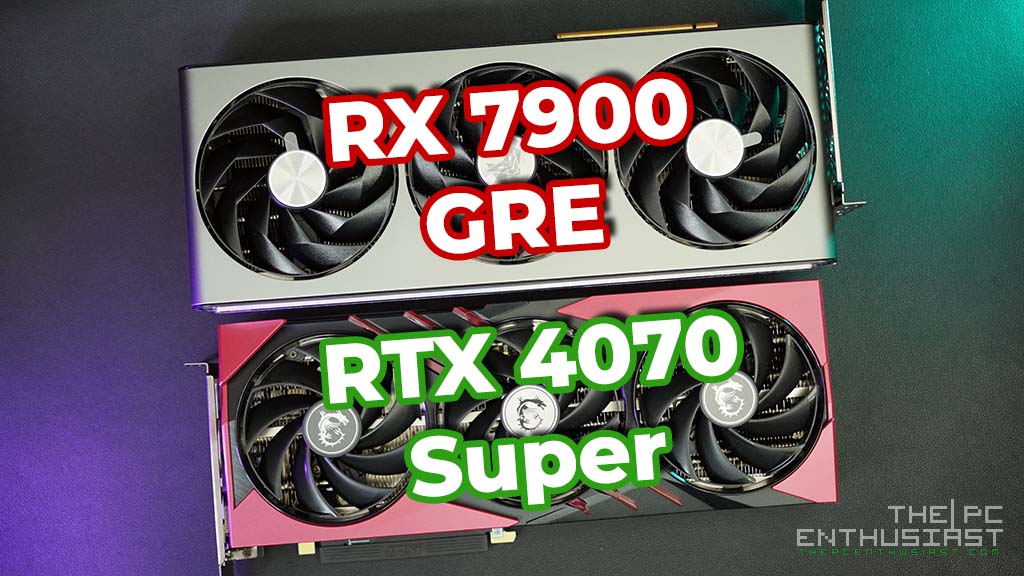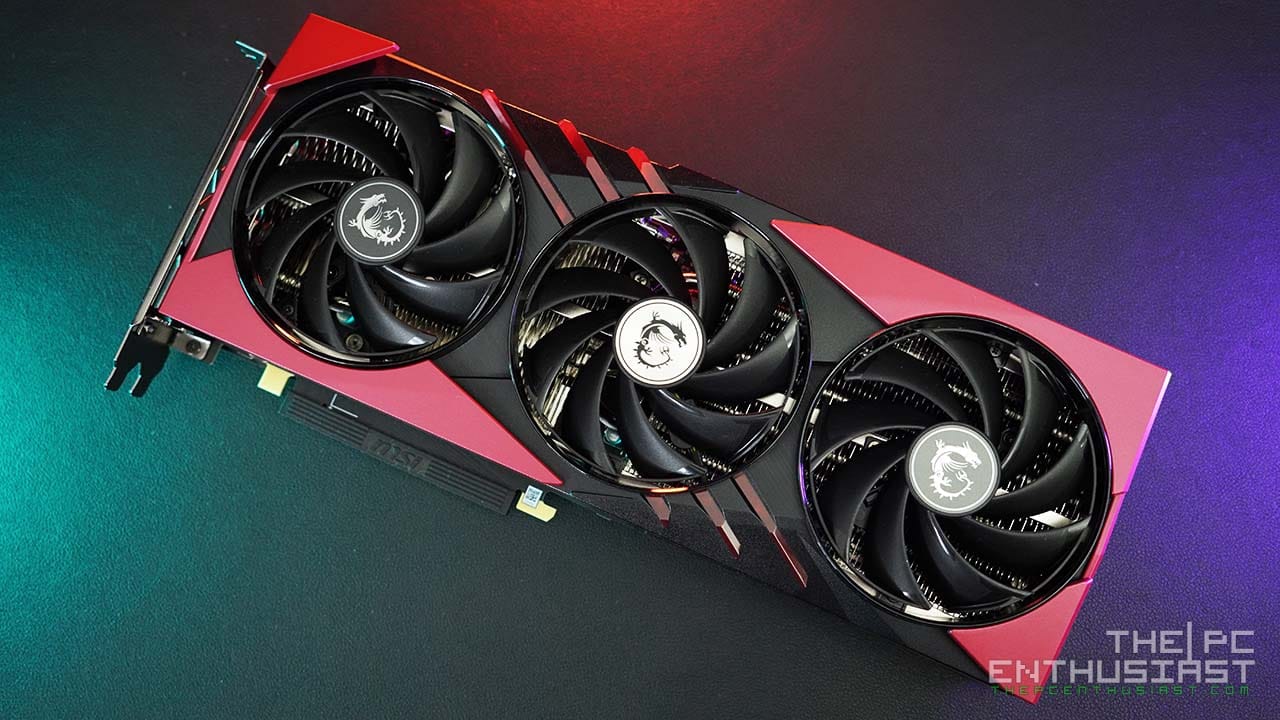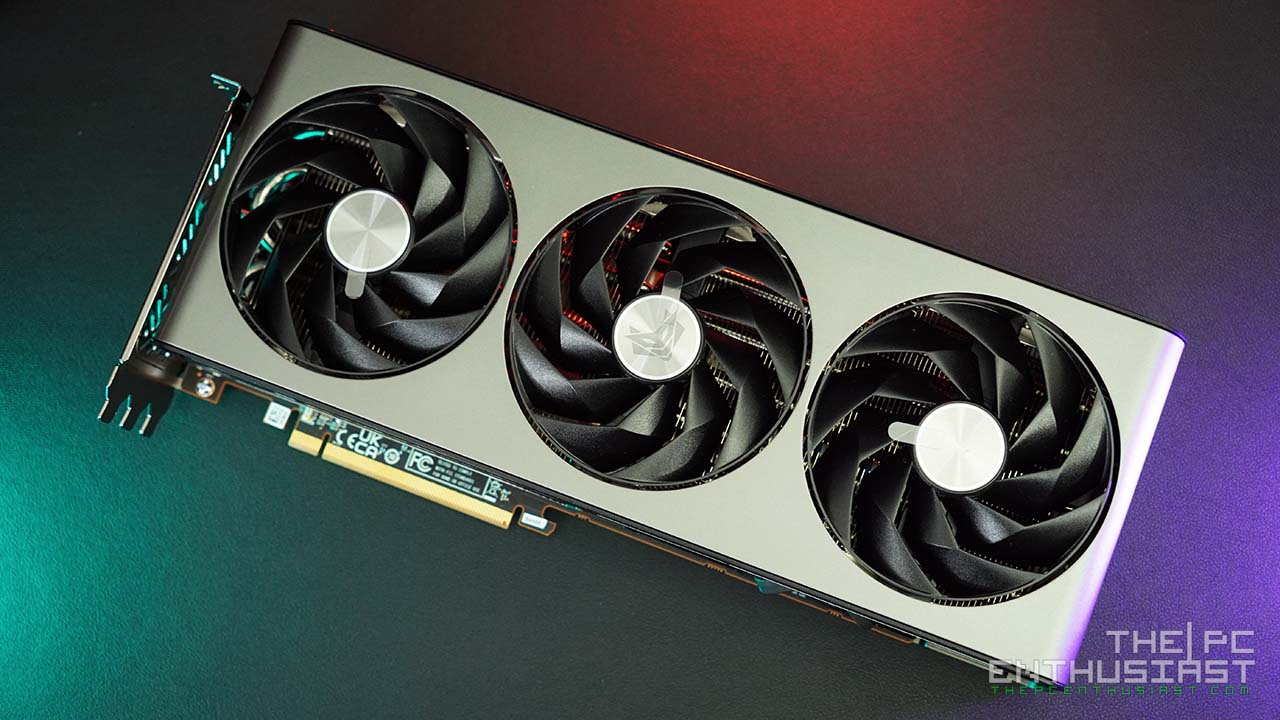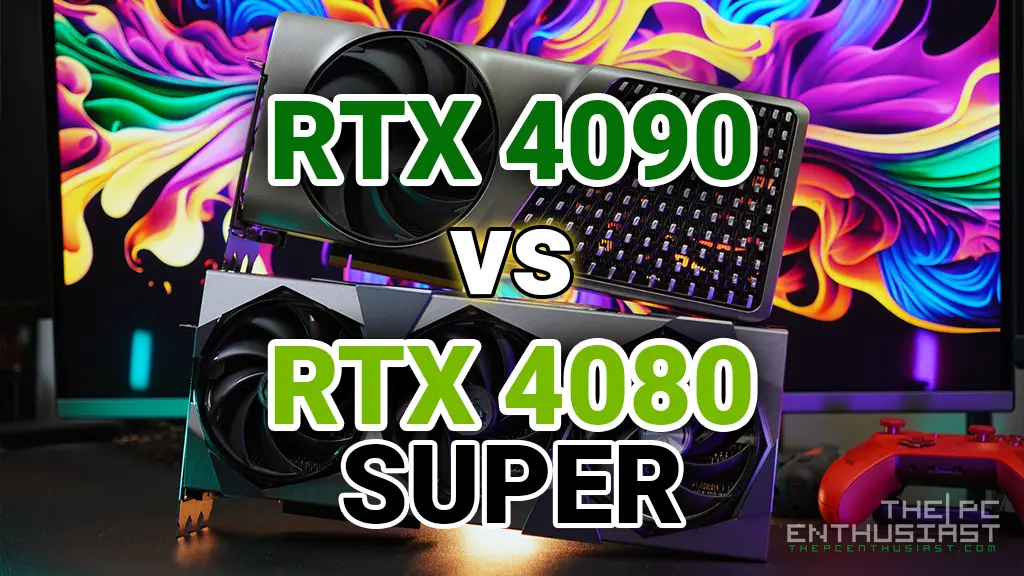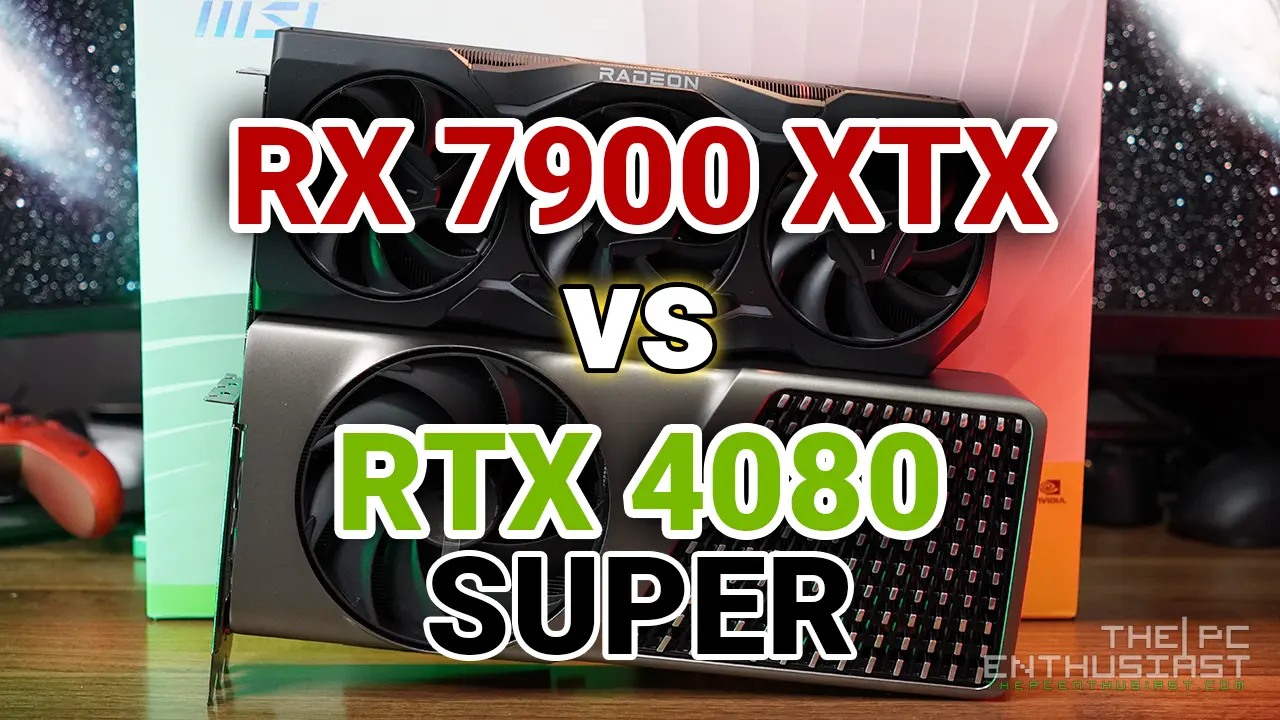GALAX GTX 1070 KATANA Packaging and Closer Look
The GALAX GTX 1070 KATANA comes in a nice box with decent foam padding that cradles the graphics card and its accessories. The layout and the size of the box itself are nice, but honestly I am not a fan of the (creepy) characters that GALAX used on most of their 10 series graphics cards’ box art. I prefer the “hooded-guy” they used on their HOF cards, SNPR and some white variants. That character (above) from the box reminds me of Darkman (movie).
Hopefully, they will change it when NVIDIA’s next gen graphics cards are released. The package also includes a user manual, driver CD, reading material and a dual 4-pin molex to 8-pin cable adapter.
The Galax GTX 1070 KATANA measures 267mm x 124mm x 18.74mm, which is the same length as the Founders Edition but a little bit wider and only occupies a single slot. However, if you look at the back of the card, you’ll notice that the PCB is shorter. It ends where the 8-pin PCIe power connector is located. And the rest of the part is occupied by the slim-type blower fan.
The Katana features a custom designed PCB, similar to other GTX 1070 Mini version on the market. Instead of a beefier cooler design that occupies two slots; the Katana is longer and slimmer at the same time. I’m sure by now you have seen the “Caution Hot Surface” warning on the bottom portion on the fan. The surface of the GTX 1070 Katana does get hot specially under full load. But the hottest area is at the center of the graphics card and at the vent holes you see towards the output ports.
Since it features a single slot design, hot air cannot fully exhaust at the back (output ports). Thus the need to place additional ventilation holes near the output ports for heat to exhaust. That area is hot; meanwhile the fan area isn’t really that hot since there are no components on that portion except for the fan.
The cooler shroud is a little bit thin as you can see from the photos above. But it does the job at covering the graphics card. Almost forgot to mention, I noticed that the fan in the GTX 1070 KATANA is not only slimmer, but it’s also more silent compared to thicker blower fans in a 2-slot graphics card. I noticed this when I compared the noise that my RX 480 reference card produces at higher fan speeds, and the fan on the Galax GTX 1070 Katana at the same higher fan speed. Although, I cannot say if it is the same case with the Founders Edition.
Another thing that I noticed when I first grab the GTX 1070 KATANA out of its box is that the graphics card itself is heavier than how it looks. The bulk of the weight is on the copper heatsink. Copper heatsinks are heavier compared to aluminum heatsinks; and they are better at absorbing (and dissipating heat) compared to aluminum heatsinks. I think, Galax would have not pulled this off if they didn’t use copper heatsink. You can also see that the copper heatsink not only cools the GPU, but the memory and the MOSFETs as well.
Above you can see the front and back view of the GTX 1070 KATANA’s PCB. It’s a custom designed PCB, where the power phase and the MOSFETs are located near the output ports. This is a common design on graphics cards that has a shorter PCB.
The Galax GTX 1070 KATANA has a 4+1 power phase design; and at the heart of the graphics card lays the GP104-200-A1 GPU chip. The GP104-200-A1 is a 16 nm fab process by TSMC, with 7.2 billion transistor count and 1,920 CUDA cores. It is also surrounded by eight Micron GDDR5 memory chips, for a total of 8GB of memory; just like any other GTX 1070 in the market.
Now, time to see how the GTX 1070 KATANA performs. Proceed to the next page for the test setup we used; its temperature, noise and overclocking capability.





















